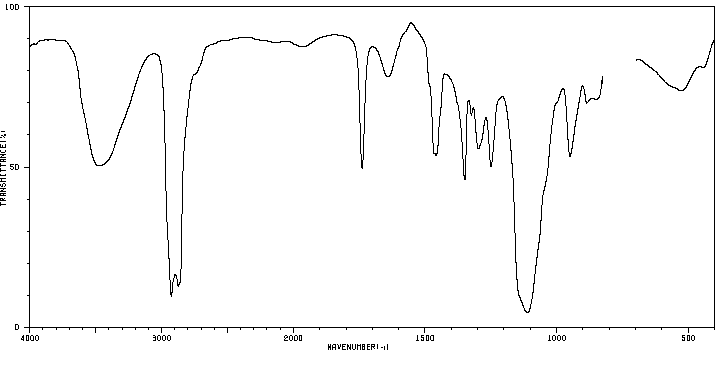[EN] HERBICIDAL PROPYNYL-PHENYL COMPOUNDS<br/>[FR] COMPOSÉS PROPYNYLE-PHÉNYLE HERBICIDES
申请人:SYNGENTA PARTICIPATIONS AG
公开号:WO2015197468A1
公开(公告)日:2015-12-30
The present invention relates to a compound of formula (I) wherein: R1 is C1-C3alkoxy, C1-C2alkoxy-C1-C3alkoxy, C1-C2fluoroalkoxy, ethyl, n-propyl, n-butyl, cyclopropyl or ethynyl; R2 is hydrogen, ethyl, n-propyl, cyclopropyl, vinyl, ethynyl, C1-C3alkoxy, C1-C3fluoroalkyl, C1-C2fluoroalkoxy, C1-C2alkoxy-C1-C3alkoxy-, or C1fluoroalkoxy-C1-C3alkoxy-; provided that when R1 is ethyl, n-propyl, n-butyl, cyclopropyl or ethynyl, then R2 is hydrogen, ethyl, n-propyl, cyclopropyl, vinyl or ethynyl; and Y is O, S, S(O), S(O)2, N(C1-C2alkyl), N(C1-C2alkoxy), C(O), CR8R9 or -CR10R11CR12R13-; and and G, R3, R4, R5 and R6 are as defined herein; wherein the compound of formula (I) is optionally present as an agrochemically acceptable salt thereof. These compounds are suitable for use as herbicides. The invention therefore also relates to a method of controlling weeds, especially grassy monocotyledonous weeds, in crops of useful plants, comprising applying a compound of formula (I), or a herbicidal composition comprising such a compound, to the plants or to the locus thereof.
本发明涉及一种具有以下结构的化合物(I):其中:R1为C1-C3烷氧基,C1-C2烷氧基-C1-C3烷氧基,C1-C2氟烷氧基,乙基,正丙基,正丁基,环丙基或
乙炔基;R2为氢,乙基,正丙基,环丙基,
乙烯基,
乙炔基,C1-C3烷氧基,C1-C3氟烷基,C1-C2氟烷氧基,C1-C2烷氧基-C1-C3烷氧基,或C1氟烷氧基-C1-C3烷氧基-;但是当R1为乙基,正丙基,正丁基,环丙基或
乙炔基时,R2为氢,乙基,正丙基,环丙基,
乙烯基或
乙炔基;Y为O,S,S(O),S(O)2,N(C1-C2烷基),N(C1-C2烷氧基),C(O),CR8R9或-CR10R11CR12R13-;以及G,R3,R4,R5和R6如本文所定义;其中化合物(I)可作为农药中可接受的盐存在。这些化合物适用于用作
除草剂。因此,本发明还涉及一种控制杂草,特别是草本单子叶杂草,在有用植物作物中的方法,包括将化合物(I)或含有这种化合物的
除草剂组合物施用于植物或其生长地点。







